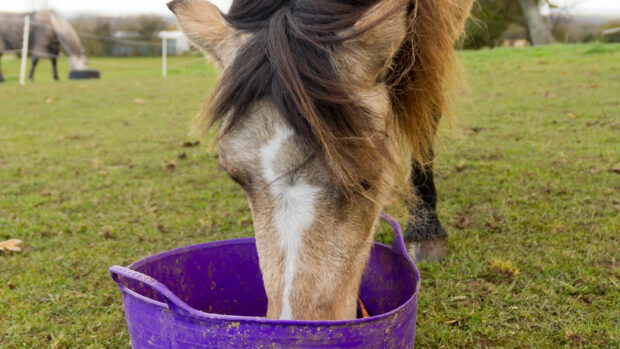Q. I have found a lot of comfrey growing near to my fields. I understand that it has several uses, but I’m not sure what they are. What can I do with it and can I overdose my horse with too much?
A. Comfrey is common in this country and tends to thrive in damp areas. The flowers are usually a creamy colour, although they can also be blue, and the leaves are large and hairy. Comfrey has excellent healing properties both as food and as a poultice.
When fed, it is believed to be an anti-inflammatory, ideal for pulmonary problems, such as COPD (Chronic Obstructive Pulmonary Disease) as well as aliments associated with old age, such as arthritis.
As a poultice, comfrey is ideal for the healing of bruising and wounds, muscle soreness and soft swellings. Make a poultice by boiling leaves, cooling and then bandaging ontothe required area for a maximum of eight hours.
Comfrey contains a substance called allantoin which is why it is good for healing wounds, bone, cartilage and tissue. The leaves can be fed dried (20-30g a day) or bruised (one handful a day).
When fed in excess comfrey can become toxic due to the presence of pyrrolizidine alkaloids, which are also present in ragwort. Although these alkaloids are present throughout the plant, they tend to be concentrated in the root and for this reason it is advisable not to use the root or feed comfrey continually over long periods of time.
See the October issue of HORSE magazine to read more Q&A’s about alternative therapies or click here to subscribe.



